
A blog focusing on 1/64 diecast from such popular brands as Hot Wheels, Matchbox, Johnny Lightning, M2 Machines, GreenLight, Tomica, Yat Ming, Majorette, MotorMax, Siku, Corgi, Guisval, Playart, Ertl, Zylmex, Racing Champions, & many more. Swifty's Garage features a daily Car Of The Day and news updates from your favorite brands!
Friday, December 10, 2010
Minivan Of The Day: December 10, 2010
Today's car of the day is Road Champs' 1987 Dodge Caravan.
The Dodge Caravan is a family minivan manufactured by Chrysler Group LLC and sold under its Dodge brand. Along with its nameplate variant, the Plymouth Voyager, the Caravan was introduced for the 1984 model year. In 1987, the Dodge Grand Caravan long-wheelbase (LWB) model was introduced and sold alongside the short-wheelbase (SWB) Caravan. The SWB model was discontinued after the 2007 model year; and, since the 2008 model year, the van has been sold only under the Grand Caravan nameplate.
Other nameplate variants of the Caravan include the Chrysler Voyager (1988–present), the upmarket Chrysler Town and Country (1990–present), and the Volkswagen Routan (2008–present).
Chrysler manufactures and markets its minivan series worldwide. Together with its nameplate variants, the Chrysler minivans have ranked as the 13th best-selling automotive nameplate worldwide.
Newly re-engineered versions of the fifth generation Caravan (Grand Caravan) and Chrysler Town and Country have been announced, and are expected in showrooms by late 2010 for the 2011 model year. These versions include new interiors, retuned suspensions, new engines, and different exterior styling.
For more information and pictures of the real car please visit: Dodge Caravan
Not the most detailed casting out there, and this particular release isn't exactly flattering by any stretch of the imagination, however the Caravan and clones are iconic vehicles for making the minivan popular in the United States. The only other small scale example of the first generation Chrysler minivans is by Matchbox. Hot Wheels did the second generation Caravan.
Generation I Caravans used the Chrysler S platform, which was closely related to the K-cars, Dodge Aries and Plymouth Reliant. There were three trim levels on the Generation I Caravan: base, mainstream SE, and upscale LE. The Caravan was on Car and Driver magazine's Ten Best list for 1985. All trim levels were also available in a slightly longer body, called the Grand Caravan, which allowed significantly more cargo space behind the rear seat. Most of the interior trim, controls, and instrumentation were borrowed from the K-car, leading to a very "car-like" interior look and feel. Coupled with the lower floor that the front wheel drive design allowed, this helped to make the Caravan seem more like a large station wagon than a van, enticing many buyers who would not have otherwise been comfortable driving a van.
The vans came equipped for seven passengers in three rows of seating, putting it between a typical twelve-passenger/four-row full-size van and a six-passenger/two-row large sedan. 2 bucket seats with attached armrests and open floor space between them in the front, a 2 person bench seat in the second row, and a 3 person bench seat in the back row. The two bench seats in the rear were independently removable, and the large 3 person bench could also be installed in the 2nd row location via a second set of attachment points on the van's floor, ordinarily hidden with snap-in plastic covers. This configuration allowed for conventional 5 person seating with a sizable cargo area in the rear. The latching mechanisms for the benches were very intuitive and easy to operate. The act of moving the seats, however, typically required 2 adults, and lifting them back into the van was a very awkward procedure. An 8-passenger model with a bench front seat accommodating a middle front passenger was offered in the SE trim level in 1985 only, and was not repeated due to poor sales.
Safety features were typical of vans of the era, and consisted of 3-point seat belts for the front two passengers, with simple lap belts for the rear 5. The rear seats had no headrests, while front seats with non-adjustable headrests came only on the LE and in conjunction with vinyl upholstery on the SE. Base models and cloth-trimmed SEs did without front headrests which were not mandated due to the van's "light truck" legal status. Side-impact reinforcements were, and were at all seating positions front and rear. Airbags or ABS were not available.
Access to the rear rows of seating was by a large sliding door on the passenger side. The sliding door allowed easier access in a confined suburban garage, compared to the double doors found on most full-size vans of the era. Because only one sliding door was offered, the smaller 2nd row bench seat was installed off center, shifted to the drivers side of the van, to allow easy passenger access to the 3rd row seat. The cargo area behind the rear seat was very limited on the standard short body model, however, the seat could be adjusted forward in 2 increments, the first of which removed roughly 6 inches (150 mm) of legroom from the back row passengers, and the second of which would push the bench all the way to the back of the 2nd row, making the seats unusable. The seatback of the rear bench could also be folded forward, providing a flat cargo shelf. The smaller 2nd row bench was not adjustable, nor foldable; it could only be removed entirely.
Cargo access to the rear was via a hatchback, similar to the one on the K-Car station wagons. The hatch was hinged at the top and held open by gas struts, and it was the source of much confusion among Caravan owners. It could only be released by the key, or by a button on the driver's control panel; it did not have a traditional door handle. Once the hatch had been "popped", the key could be removed, and the hatch lifted by a handhold above the license plate holder. However, many owners did not identify the handhold area, and instead used the turned key as a handle to lift the hatch, resulting in many broken keys.
A cargo version of the Caravan, called the Mini Ram Van, was also introduced in 1984. It was renamed as the Caravan C/V for 1989, and was discontinued after 1995. It was available either with the short or long wheelbase models. Unique to the Caravan C/V was the option of either having the traditional hatch door in the back or the optional "barn doors" (with or without windows), swing-out versions similar to those of more traditional cargo vans. These doors were made of fiberglass and required the C/V vans to be "drop shipped" as these doors were custom installed by another vendor. Another version of the Caravan was the camper. The camper wasn't very popular and dropped within 2 years.
Subscribe to:
Post Comments (Atom)
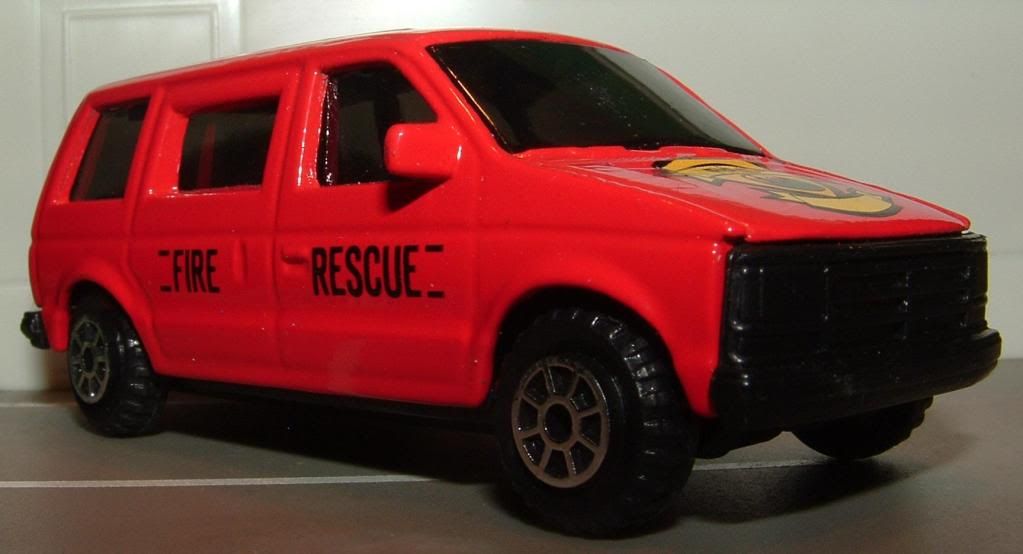
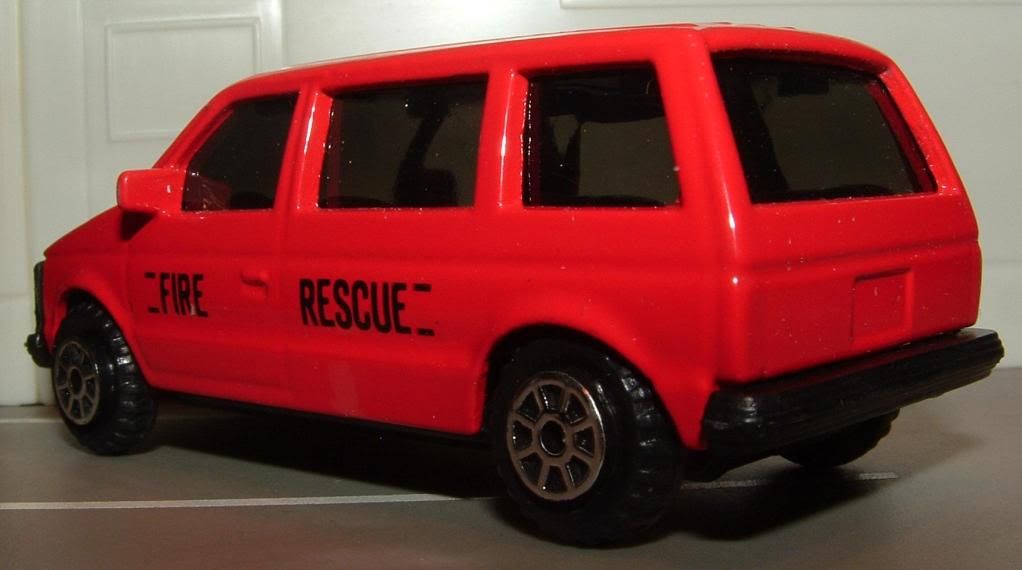
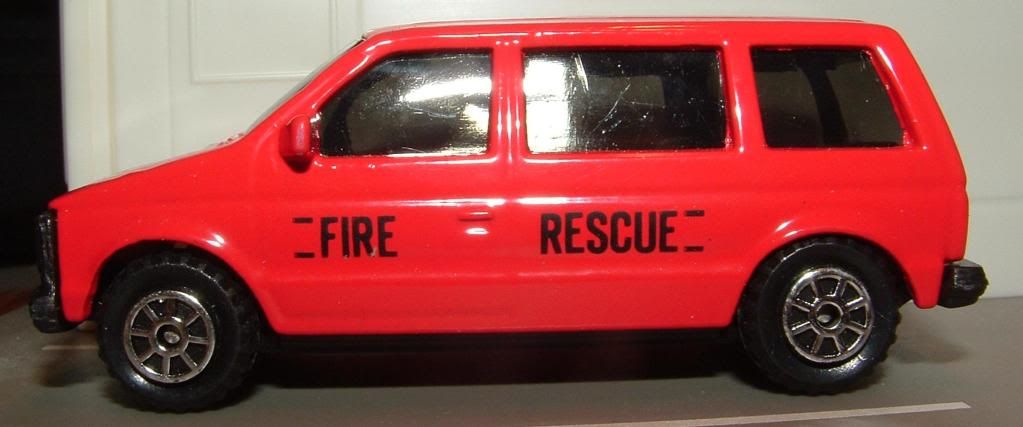
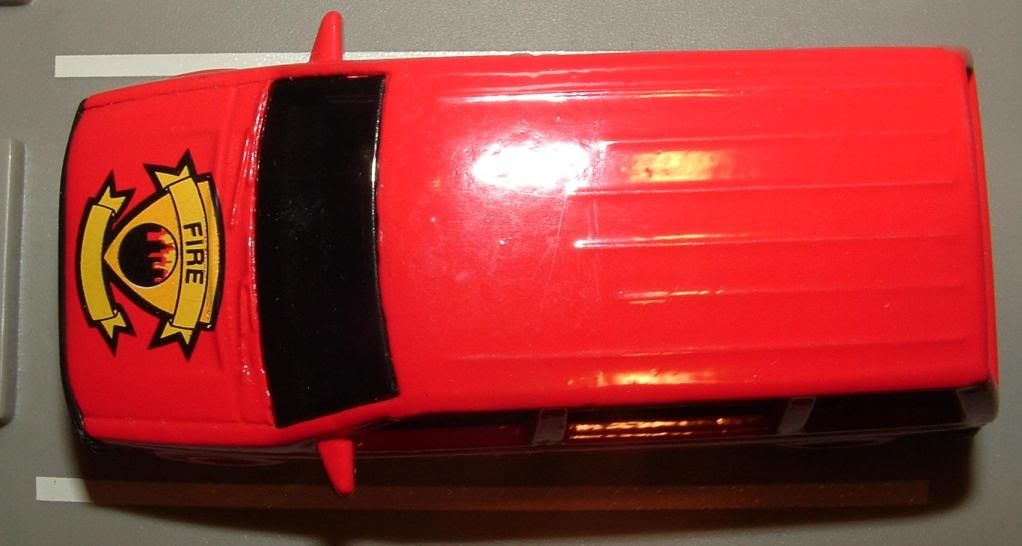
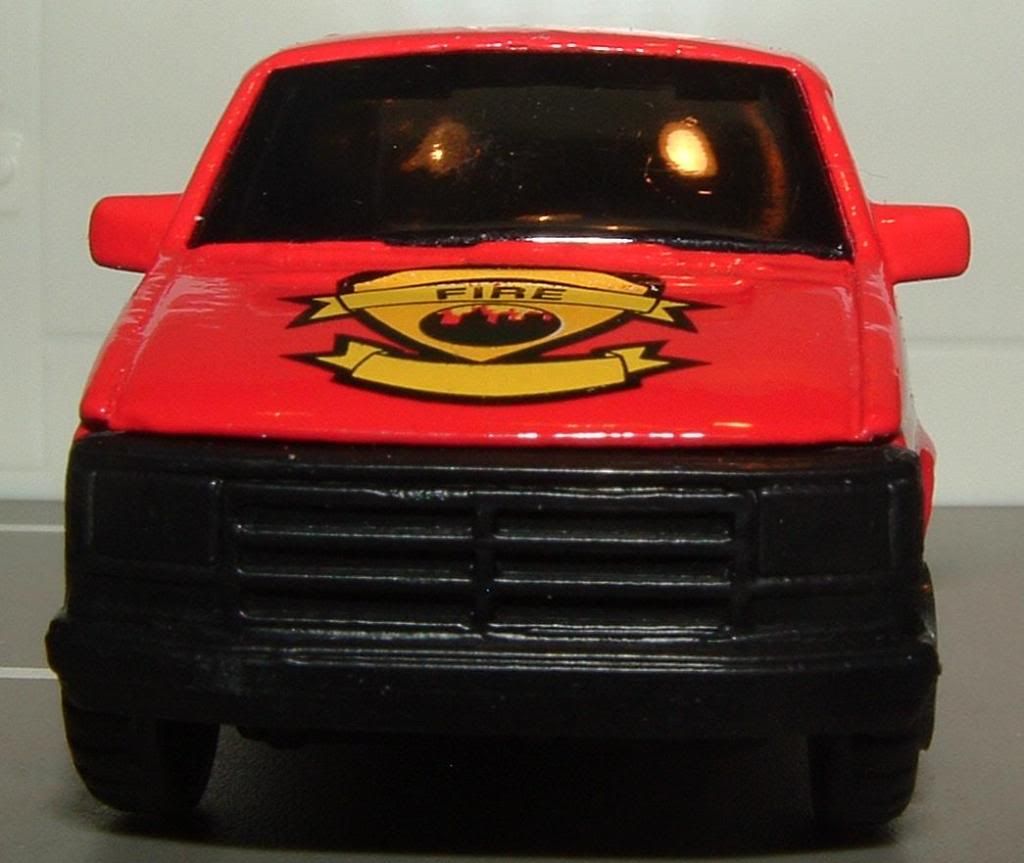
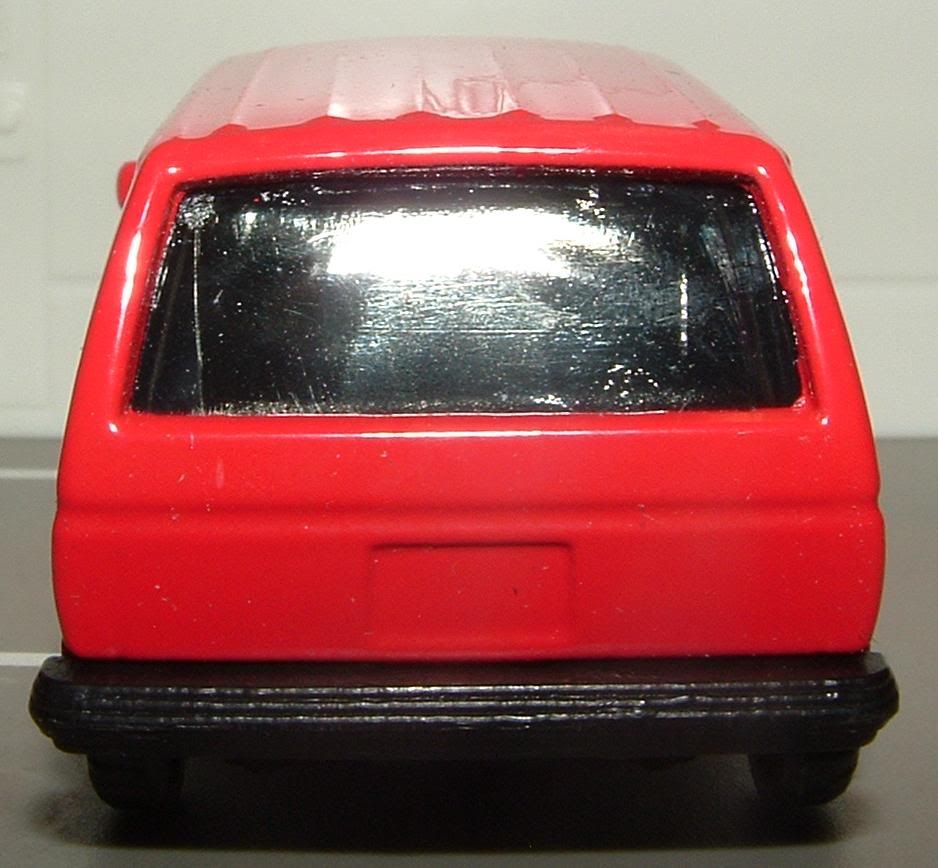
No comments:
Post a Comment